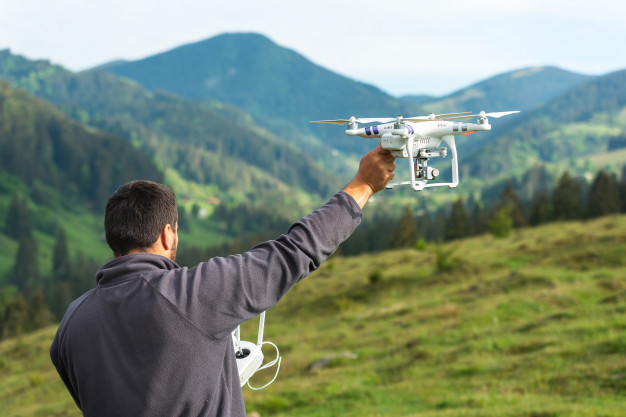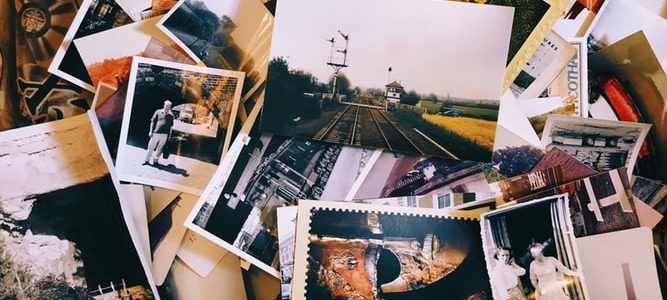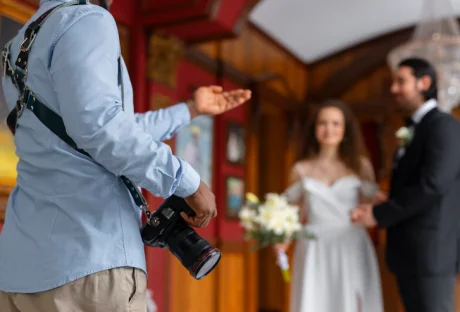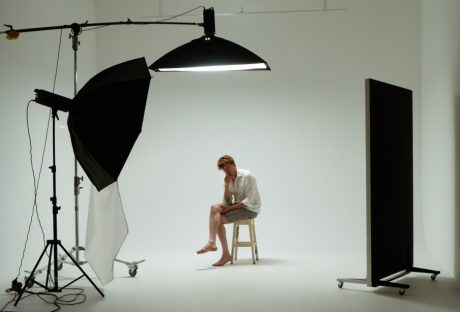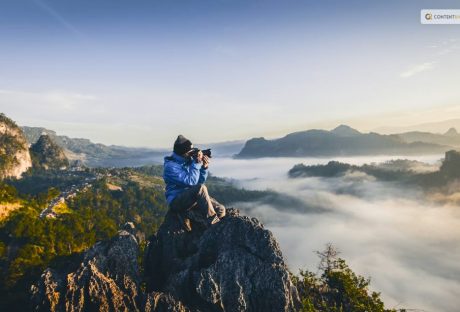If you are a business owner, searching frantically for some new strategies to promote your business, improve sales and branding, then we have the perfect solution for you.
In the past few years, using drones for both commercials as well as leisure purposes is on the rise. Using drones for aerial photography is quite the trend and businesses can benefit from this incredible new technology in multiple ways.
No matter what the scale or size of your business, you can use drone photography to benefit it. In this article, we look at five industries or business niches, which can benefit significantly from using drone photography.
However, before we proceed to the list of industries, let us briefly discuss everything you need to know about Drone Photography.
Aerial and Drone Photography: What you should know
Drones are technologically sophisticated machines, which can fly. They can also be fitted with a number of add-on devices, including cameras, satellites, data recorders, etc., and can be highly useful.
Drone photography has taken off in recent years as one of the smartest ways to market and document your brand. It has been used in multiple sectors, ranging from agriculture to wedding photography.
From a brand perspective, aerial photography using a drone can help in-
- Creating promotional marketing material to showcase the scale and size of the business.
- Give people a sense of how big or small the physical location is of the business.
- Create the appearance of a tech-first company not shy to use modern technology.
- Gather assets for website, social media, etc. (online and offline promotions).
- Communicate the progress of a real estate project or the scaling up of industrial spaces.
List of 5 Industries that can benefit from using Drone Photography
1. Real Estate-
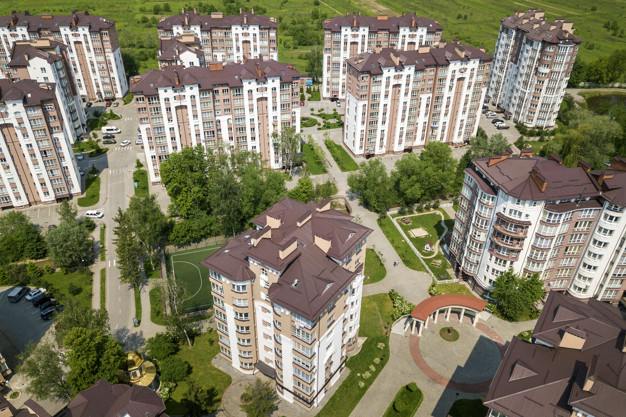
Real Estate Developers and Promoters can look to use drone photography for showcasing their projects. This can be done for both projects which are ongoing, as well as for the ones, which have been completed. Showcasing the different complexes, amenities, gardens, artificial lakes, etc. can go a long way in making the project appear attractive in the eyes of potential buyers.
2. Manufacturing Businesses-
Most manufacturing businesses, especially the ones which are B2B have a tough time marketing themselves. This is where drone photography can help them show the size and scale of their factories. It can act as a great confidence-boosting mechanism for other vendors who want to partner with credible manufacturing units. Drone photography helps boost business.
3. Holiday Parks and Resorts-
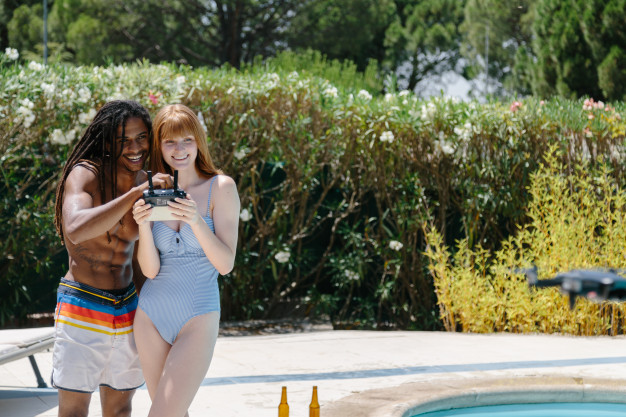
The travel and tourism sector is all about visual appeal and attraction. Big holiday parks and resorts can use drone photography can show the major sights and sounds for potential consumers who are looking at options to plan their next holiday. This tech can help create a virtual experience for resort operators looking to woo new clientele.
4. Government Departments-
Big governmental projects like the construction of dams, highways, etc. require the preparation of status reports periodically. Drones can be a great asset for government departments who want to show real-time progress and detailed status reports to ministers and other lawmakers. While private players are taking the lead, governments should seriously look at adopting drone photography.
5. Agricultural Production-
Commercial farming is becoming one of the most lucrative businesses in the world. However, it also needs to market and advertise itself in front of governments, investors, and potential consumers. Using drones to capture the size and scale of such farms and their operations can help build a credible brand. It can allow boost confidence in the company and its products.
The Final Word
As a business owner or a high-ranking executive in any of the above stated five industries, you might want to look to the Melbourne skies for a local drone photographer near you. Not only will thins help take your business to the next level in terms of sales, but it will also sort your branding worries. Drone photography is still in its infancy and brands in the above-mentioned industries should look to benefit from the same before the competition increases.
Can you think of some other industries, which can benefit from using aerial and drone photography? List them down in the comments section below.
Read Also:













